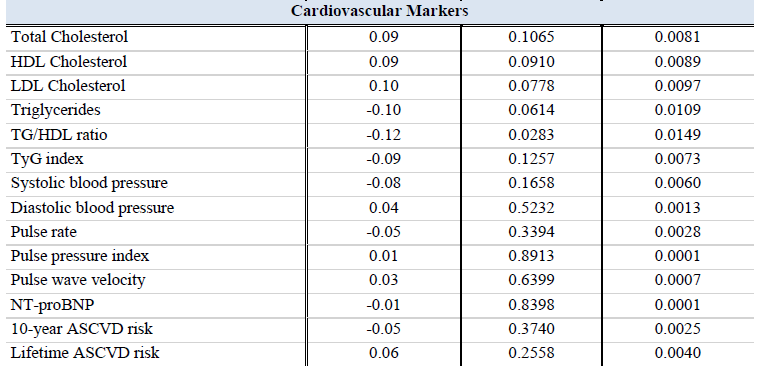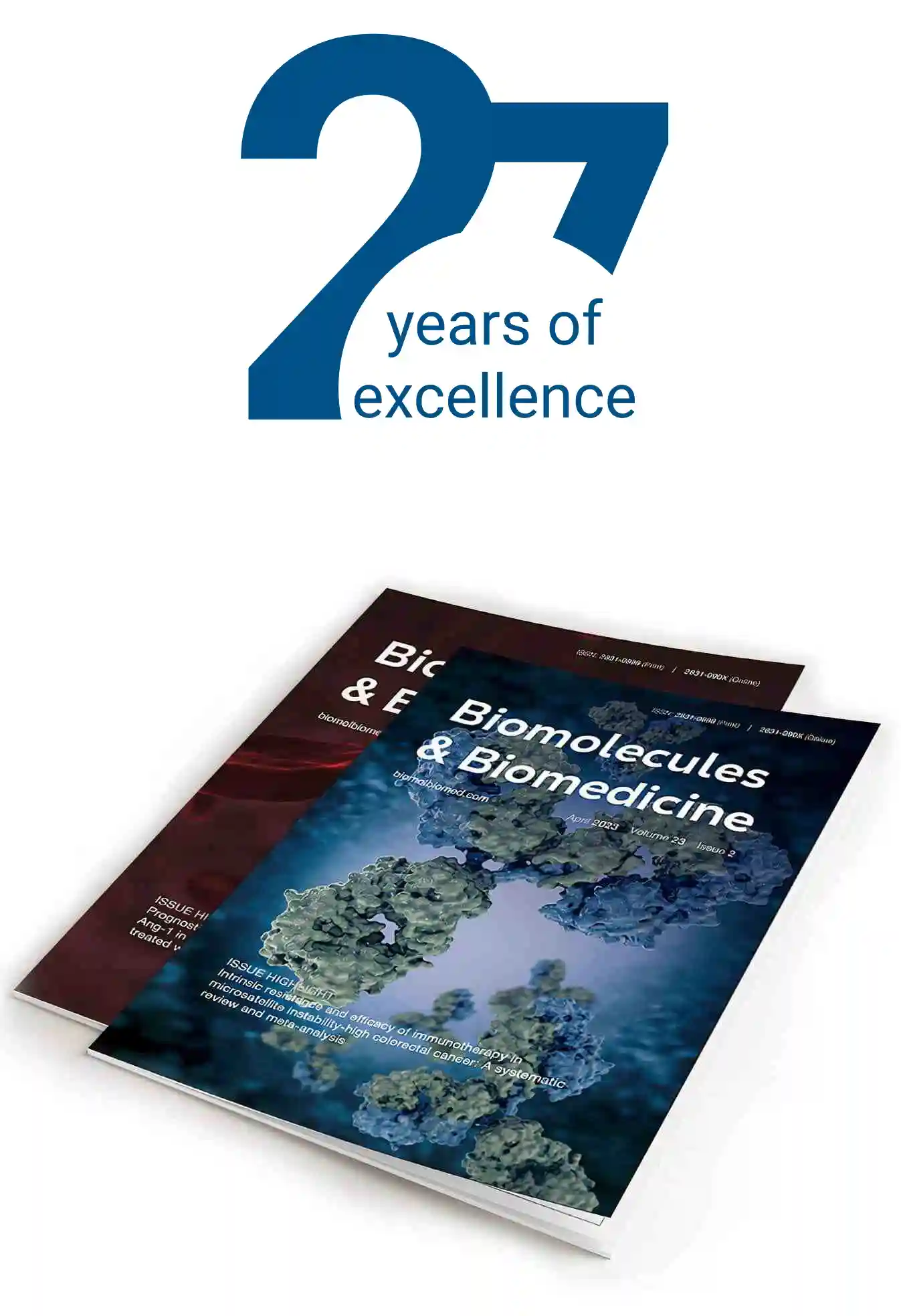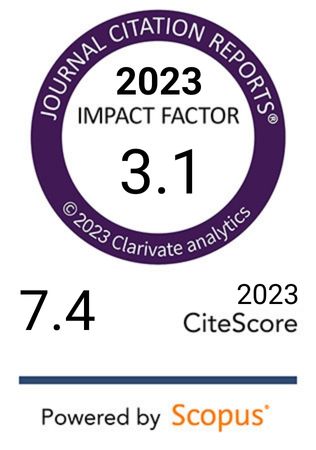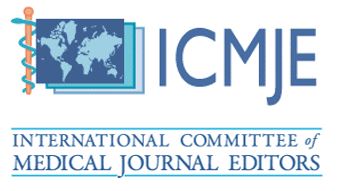The association between plasma levels of Sestrin2 and risk factors of cardiovascular diseases in healthy and diabetic adults: A study of Qatar Biobank data
DOI:
https://doi.org/10.17305/bb.2024.11418Keywords:
Sestrin2, SESN2, cardiovascular disease, CVD, cardiometabolic risk, type 2 diabetes mellitus, T2DMAbstract
This study examines the association between serum Sestrin2 (SESN2) levels and cardiovascular disease (CVD) risk factors in healthy and diabetic adults, using data from the Qatar Biobank (QBB). A total of 844 participants were included, with 518 in the diabetic cohort and 326 in the healthy cohort. Clinical characteristics, cardiometabolic markers, and SESN2 levels were measured, and binomial logistic regression analyses were conducted to assess the associations between SESN2 and various health indices. Diabetic patients had significantly lower SESN2 levels compared to healthy controls (5.49 ± 5.94 vs 8.25 ± 7.57 ng/mL, P < 0.001). A significant negative correlation was observed between SESN2 and HbA1c (−0.19, P = 0.0006), insulin (−0.19, P = 0.0006), HOMA-IR (−0.17, P = 0.0024), C-peptide (−0.18, P = 0.0012), triglycerides (TG)/HDL ratio (−0.12, P = 0.0283), and the pulsatility index (PI) (−0.15, P = 0.006). In healthy individuals, higher SESN2 levels were associated with lower odds of elevated HbA1c (adjusted odds ratio [AOR] = 0.33, P = 0.00), insulin (AOR = 0.23, P = 0.00), HOMA-IR (AOR = 0.58, P = 0.06), C-peptide (AOR = 0.56, P = 0.04), and TG (AOR = 0.37, P = 0.03). In contrast, diabetic patients showed a positive correlation between SESN2 and insulin (0.15, P = 0.0005), HOMA-IR (0.11, P = 0.0106), and C-peptide (0.12, P = 0.0048). Participants in the highest SESN2 tertile had increased risks for high BMI (AOR = 1.96, P = 0.05), high TG (AOR = 1.57, P = 0.04), high NT-proBNP (AOR = 7.27, P = 0.01), and high fibrinogen (AOR = 1.92, P = 0.03). These findings suggest that while high SESN2 levels are cardioprotective in healthy individuals, they may indicate higher cellular stress in diabetics. Determining optimal SESN2 levels could help assess CVD risk, particularly in diabetic patients.
Citations
Downloads

Downloads
Published
Issue
Section
Categories
License
Copyright (c) 2024 Shahenda Abdelsalam, Muhammad Ammar Zahid, Hicham Raïq, Hanan Abunada , Ahad Elsayed, Aijaz Parray, Abdelali Agouni

This work is licensed under a Creative Commons Attribution 4.0 International License.









